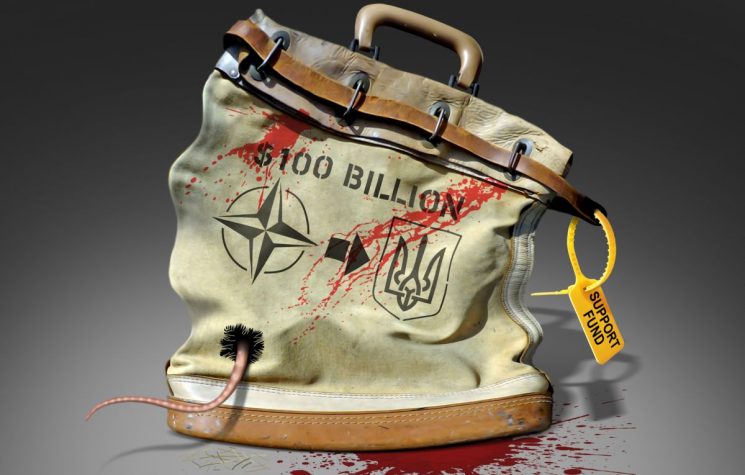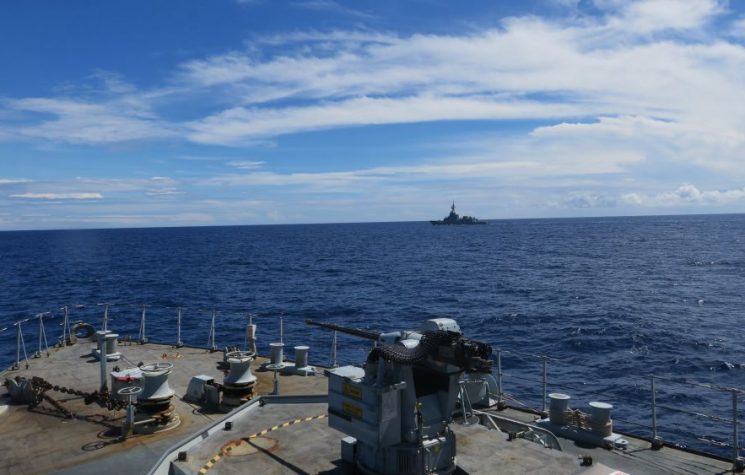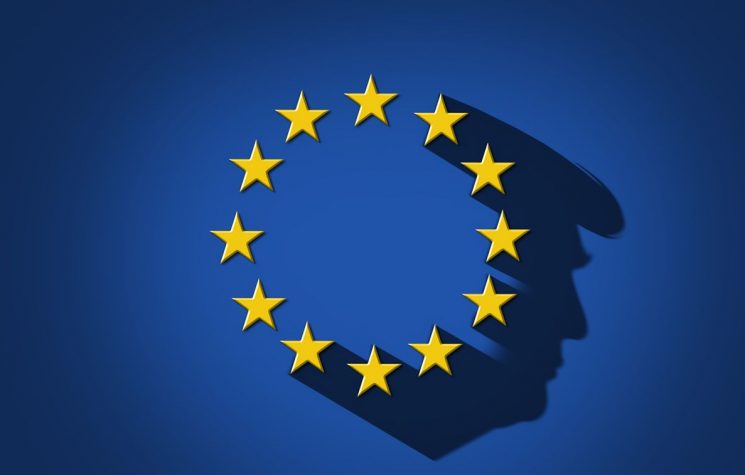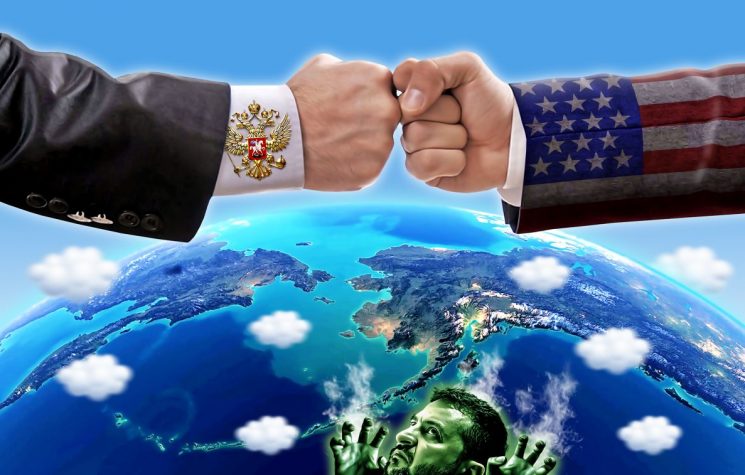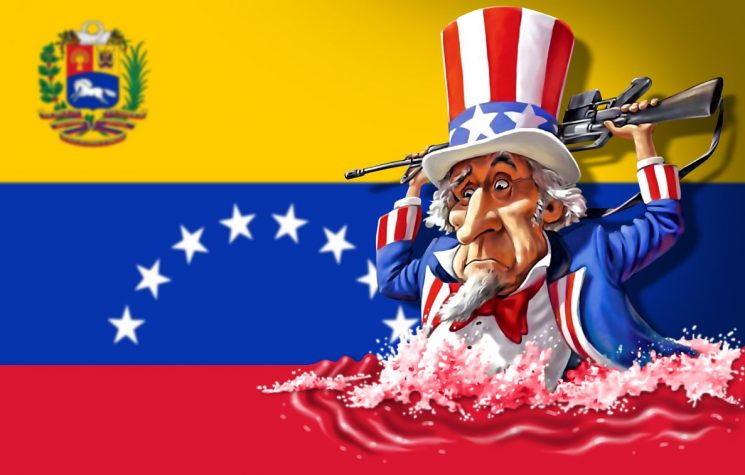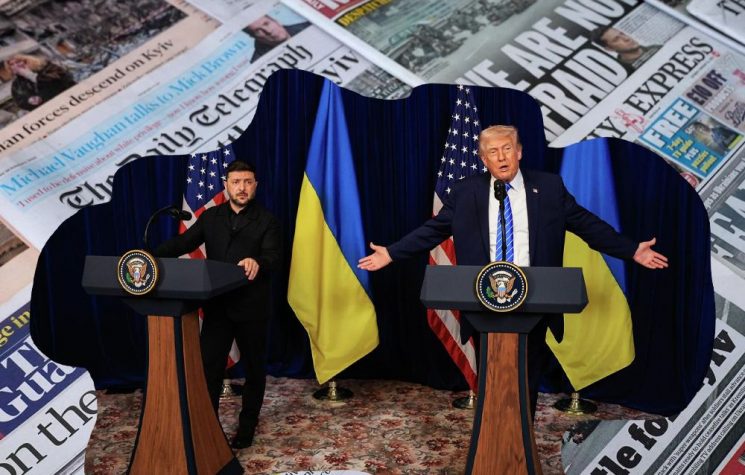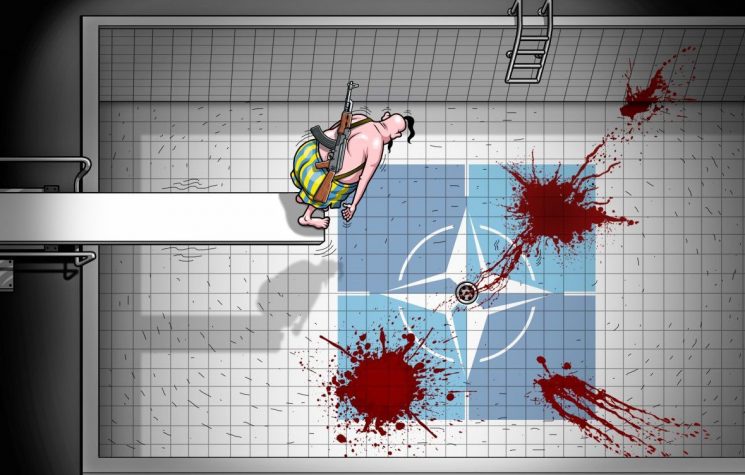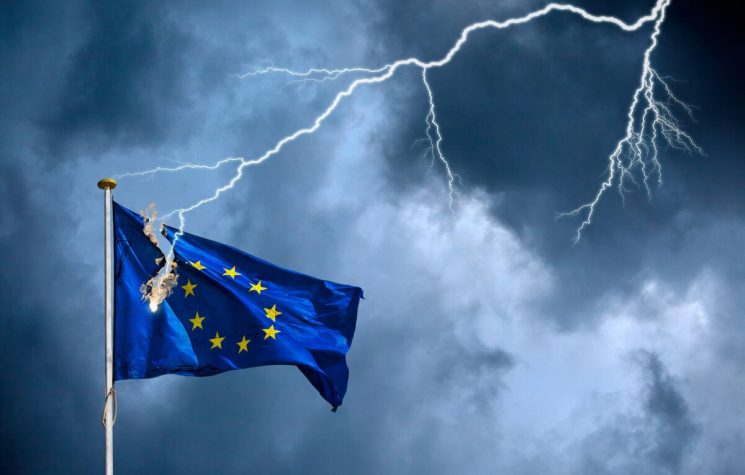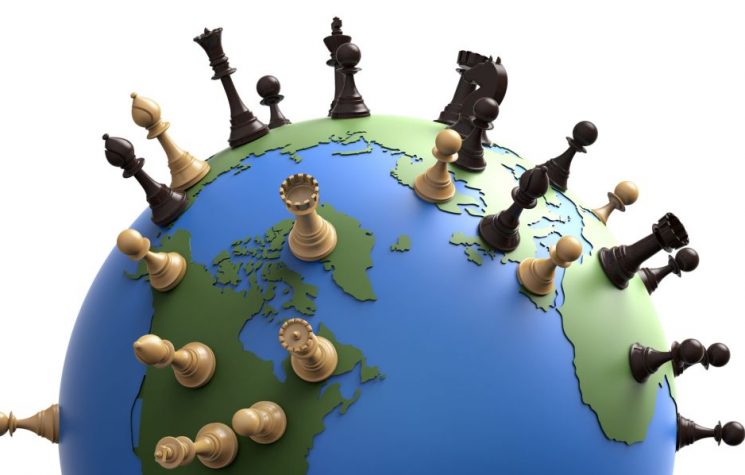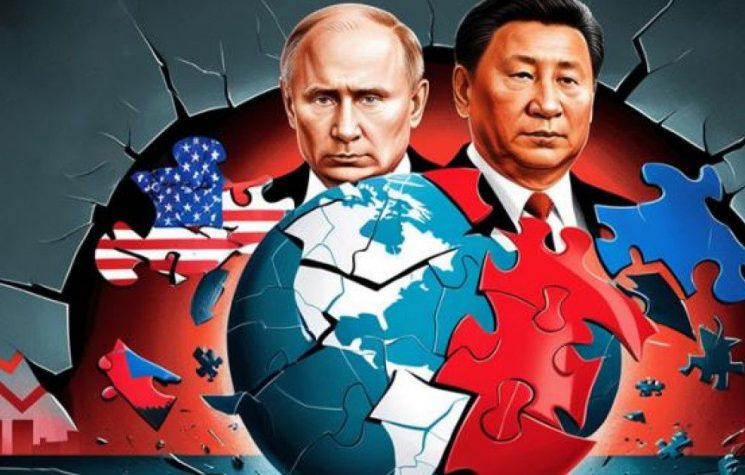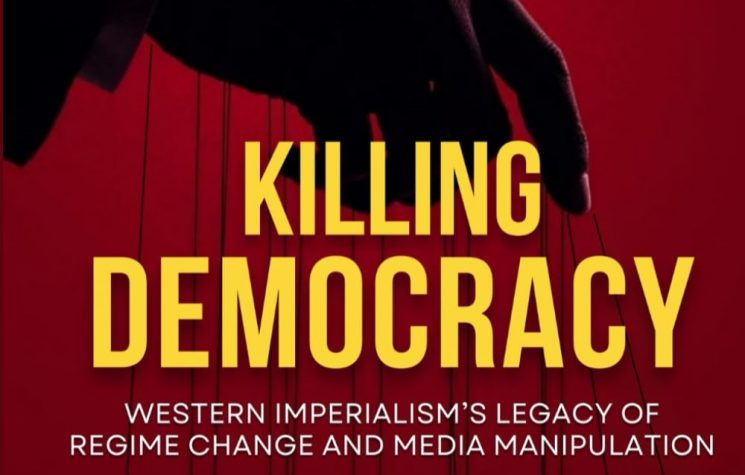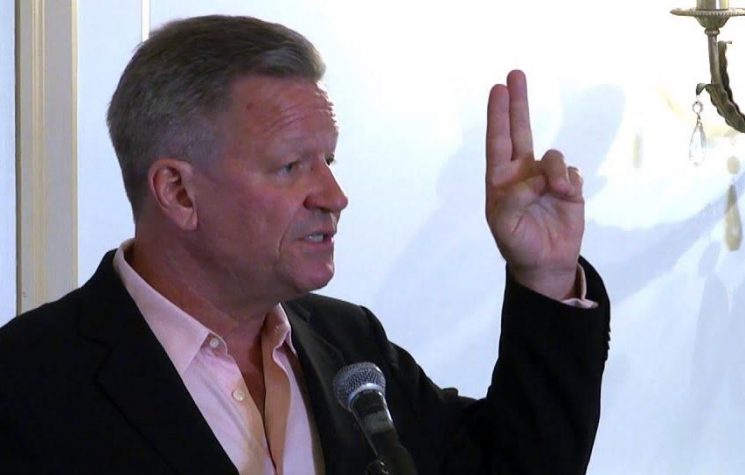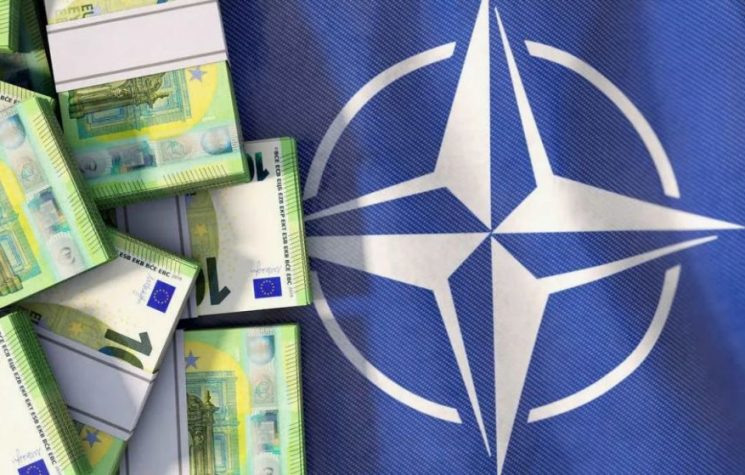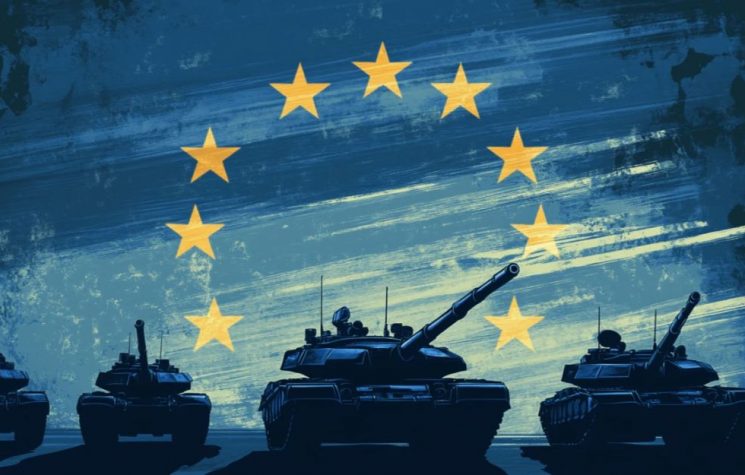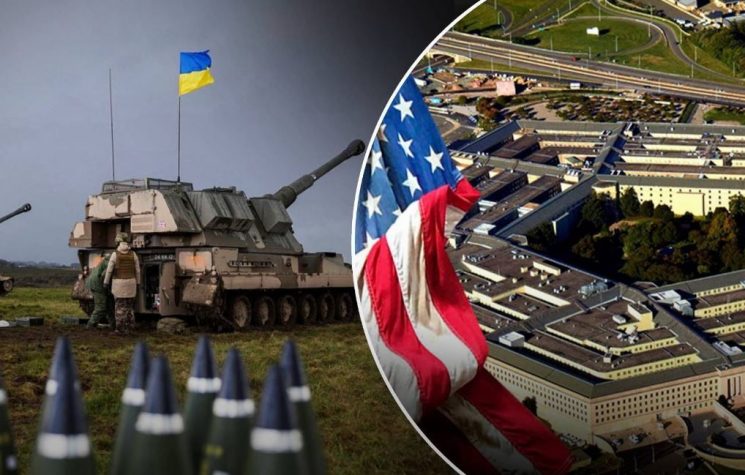The financing of the Kiev regime is more of a covert financing program for the military industrial complex, than an actual “aid” package for Ukraine’s defense.
Contact us: info@strategic-culture.su
It’s no secret that the financing of the Kiev regime and its military capabilities is more of a covert financing program for the military industrial complex than an actual “aid” package for Ukraine’s defense.
In fact, lest anyone say that this accusation is misplaced, it is the U.S. itself, and the organizations that influence political decision-making, that have come to clarify the fundamental objective of the Ukrainian project.
An article by CSIS (Center for Strategic & International Studies) entitled “How Supporting Ukraine is Revitalizing the U.S. Defense Industrial Base”, goes so far as to use official data about public procurement, by company, state, and district, about the amounts that the U.S. spends on national defense contracts and relate them with the defense industrial base relevant to Ukraine. The information provided shows that defense contracting funds, related to Kiev regime support, are spread across the entire territory, which ends up substantiating, in practice, the claims made by Sullivan and alike, when they say that, despite everything, “helping” Ukraine is about creating “good jobs” for the American people.
It wasn’t necessary for them to say it or for CSIS to do this article, for us to see this deep relation between congressional spending authorization and business, but it always feels good when they themselves admit — which, truth told, in the case of the U.S. is usual — the real objectives of their operations.
It’s no secret that the European and American defense industries were struggling to meet the needs of a war of attrition, so, there’s nothing like a high-intensity war to do what no peace can provide: to force the prioritization of investment in the modernization, innovation and upgrading of a nation’s military capacity. This was the case with Russia, whose “Special Military Operation” needs led to an exponential increase in the defense (or should I say war?) industry and the modernization of weapons; this is the case with the USA; this will be the case with the European Union, China, and others.
That’s why this strategy fits the needs of the U.S. and is absolutely in line with the other objectives that result from this confrontation between NATO and Russia on Ukrainian soil. Isolating and weakening Russia, conditioning, manipulating, and weakening Europe (especially the “old” Europe) and recreating a kind of “war economy” that guarantees the increase of industrial capacity and, above all, because this is very important for an empire like the U.S., increasing the competitiveness of its weapons supply, are objectives that have, at least, partially been achieved. Only failed Russia’s isolation and degradation, so far.
From the point of view of secondary objectives, it also seems to me that these are not despisable and are to be found throughout the defense literature available on the military industrial complex (which is part of Think Thank). One of these objectives has to do with deterrence, insofar as a more prepared armed forces makes everything more threatening, making potential enemies to think twice and, even for “friends” is useful because they have to be careful when they think in not doing what U.S.’s wants them to do; another objective has to do with the revitalization of American industry itself and the repatriation of important sectors that had been relocated. It is also no secret that the monumental defense budgets are an important factor in the allocation of public subsidies to economic activity — especially industrial activity — without the U.S. being accused of directly violating the international rules itself imposes on “free trade”.
This strategic necessity makes the Ukrainian conflict even more important, and there is a need to extend it as long as possible, even when everyone has seen that Russia is advancing every day at a speed never seen since the attrition began. Consequently, to guarantee the continuation of hostilities and buy time to increase the installed capacity of the defense industrial base, was approved a legislative act giving 61 billion to Ukraine will feed Kiev’s capacity until, at least, 2026, demonstrating that the U.S. continues to consider itself master of the war timetable in Ukraine.
And for those who think that this attempt, on the part of the USA, to delay or not allow a Russian victory to happen, is not strategically important, for themselves, for the European Union, NATO and the collective West, I advise you to see what happened, around the world, when Japan, in 1905, defeated the Russian Empire (Russian-Japanese war). At the time, the defeat of Russia, seen as a Western imperialist country, oppressive to Eastern countries, triggered a series of uprisings, inside these countries, marveling as their people were, at the possibility demonstrated by Japan, that, in very little time, it was possible for an oppressed country to develop and face Western power. Ottoman Empire, Iran and others are fine examples. Today, it´s the Russian Federation, in Ukraine, that can represent, for the global South, what Japan represented, to the East, at the beginning of the 20th century. Interestingly, it is Japan that is, once again, on the opposing side, but, this time, in an inverted position, that is, on the side of the Western oppressor. Therefore, the USA knows that demoralization will be widespread, in case of defeat in Ukraine, and we can already begin to see its effects in Africa, Latin America and Asia. And we all know what happened to the Russian Empire from then on. The U.S. knows too!
That’s why the economic importance of this conflict is so well aligned with its political meaning. Consequently, if, in November 2023, according to the information provided by the service www.usaspending.gov, we found that 37 states benefited from “Ukraine Security Assistance”, this time, after the approval of the latest package of 61 billion dollars, this subsidy, disguised as “security” and war, is essential for even more states and districts, impacts companies in 47 states. In other words, almost all the states benefit directly, some more, some less, from the destruction of the Ukrainian nation.
It is now clearer why the agreement reached, between the Democrats and the initially unyielding Republicans, was so important. In my opinion, and although we need to study it further, this greater territorial scope is not at all insignificant, considering the well-known economic interests that congressmen and senators have at federal level and in their home states. Once again, the information that celebrates the approval of the “aid” package was more about personal gain than the non-existent gains for Ukraine. National interest always has to be aligned with personal gain.
This image is reinforced when we analyze the data released by the website www.fool.com, and see that from 2021 to 2023, the amount traded on the stock exchange, by members of Congress, went from 583.98 million dollars to 751.17 million dollars.
Curiously, or perhaps not, according to the website www.unusualwhales.com, Ro Khana, Democratic congressman from California, has the most businesses registered, as of April 25 2024, with 8.463 trade operations, and, in second place, some distance behind, is Michael McCaul from Texas, a Republican, with around 7.200 operations. The former doubled the number of businesses registered between the end of 2023 and April 2024 and the latter quadrupled it.
The Democrats are the biggest winners, with a return of 31.18% and the Republicans with 17.99%. This thing about being in power and having the initiative, knowing what you’re going to legislate and approve… It’s no wonder that Democrat Brian Higgins is the one with the best return, with a return of 238.90% and Mark Green, a Republican, far behind, with “only” a return of 122.20%. With the worst returns, we also have a Republican, in this case Warren Davidson, from Ohio. In few countries we find such a mixed relationship between investor and political representative.
The father of this “democratic” marvel, was the “very democratic” Obama, the Nobel Peace Prize winner, who promoted the 2012 capital markets act, allowing members of Congress (and not only them), and their families, to buy and sell shares, provided they report transactions over 1,000 dollars within 45 days. This gave all political representatives access to the Wall Street casino, turning the American political elite into an aristocracy, no longer simply captured by the monopolies, but part of them.
This “democracy” thing in the U.S. has a lot going for it. Winning elections is a one-way ticket to be stupidly rich, and the party that wins or loses also matters, because that’s how secrecy is guaranteed and inside information about laws and subsidies, that pass or don’t pass, is translated into concrete gains. Whether the American people gain anything from this, I have very few doubts, because the streets are full of homeless people, dilapidated infrastructure, workers earning low wages and unaffordable housing. So, while some gain the right to wealth, the others confirm the right to poverty.
When Lyndon Johnson warned of the danger of the military industrial complex interfering with the U.S. state apparatus, he certainly wasn’t talking about the state apparatus itself becoming one of the masters of the “dangerous” military industrial complex. But that’s what we have.
When the hope of the so called “progressive” left — Roy Khana — of the Congressional Progressive Caucus, is the main player, everything is said about “left and right” in the USA. Just a swamp where privilege, democratic malpractice and a lot of cheap talk are mixed together. And then these guys — Republicans and Democrats — go around the world spreading morals.
In the U.S., capital gains, reindustrialization, imperial hegemony, are measured in lives lost. In politics and economics, at home and abroad!











